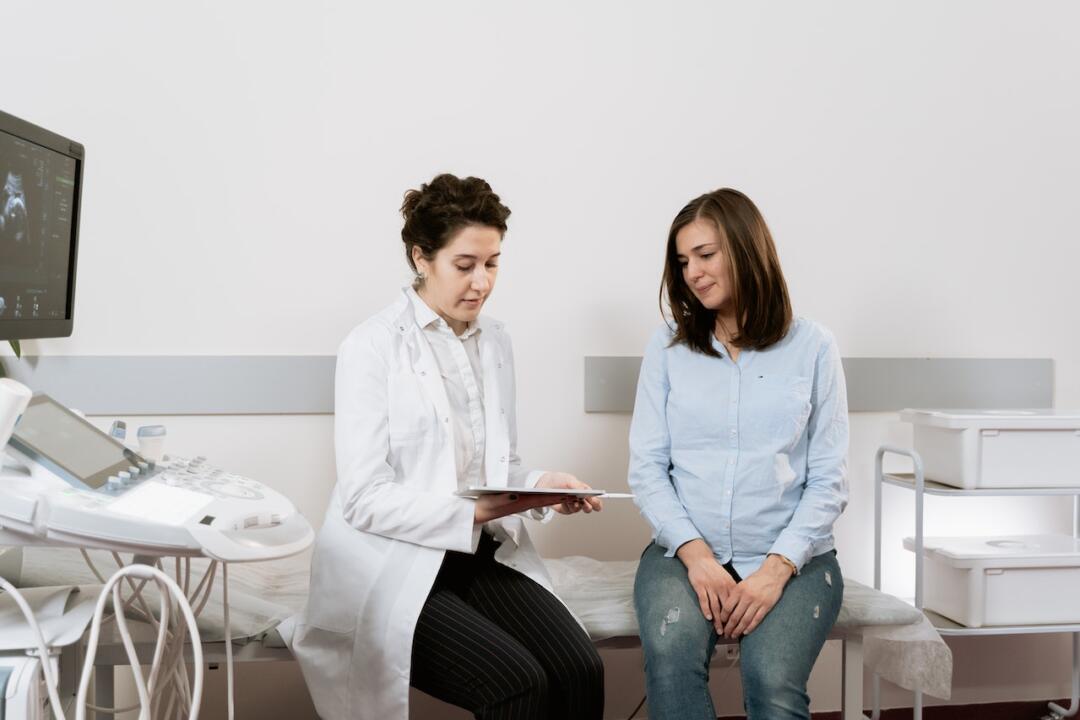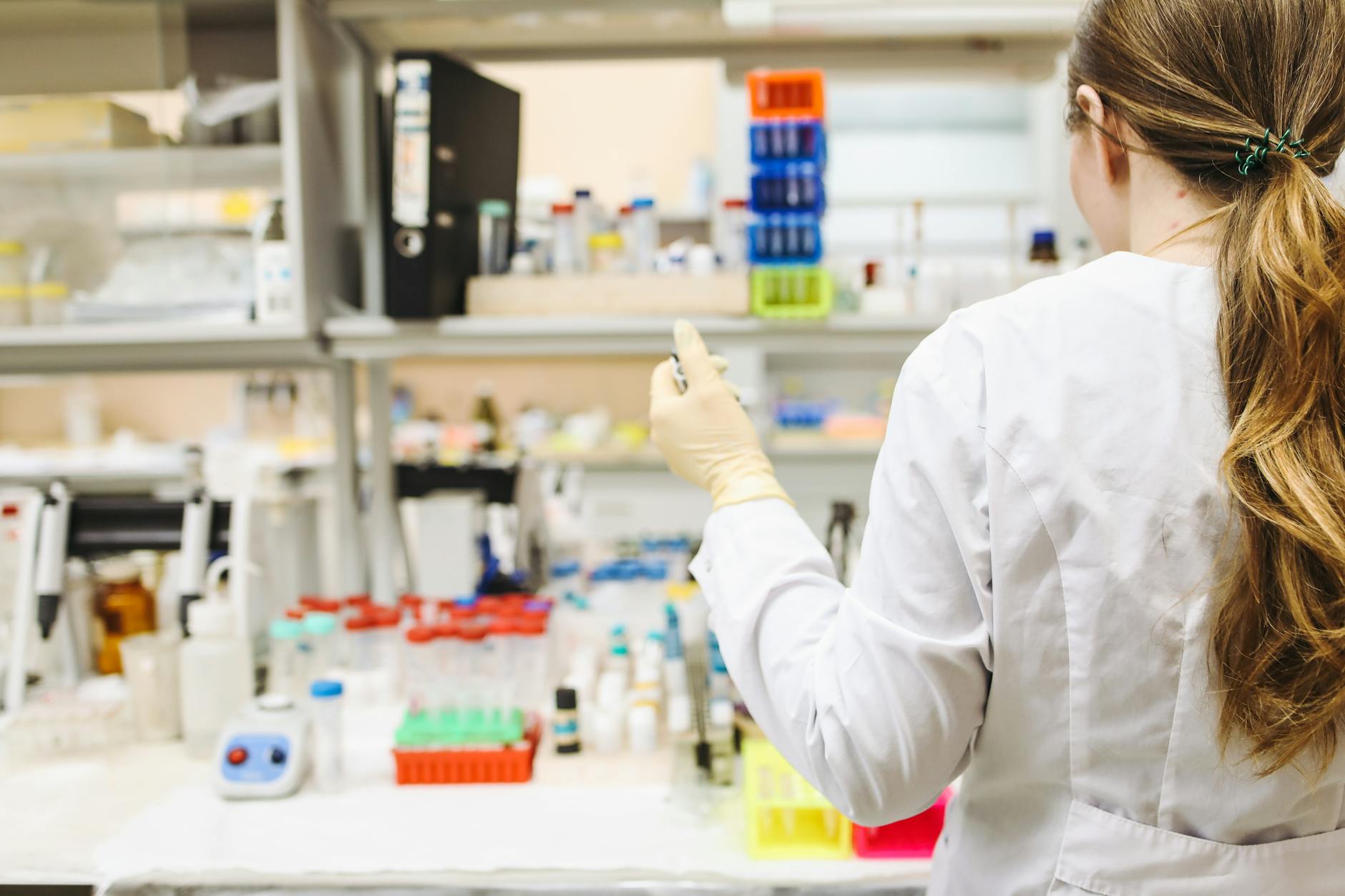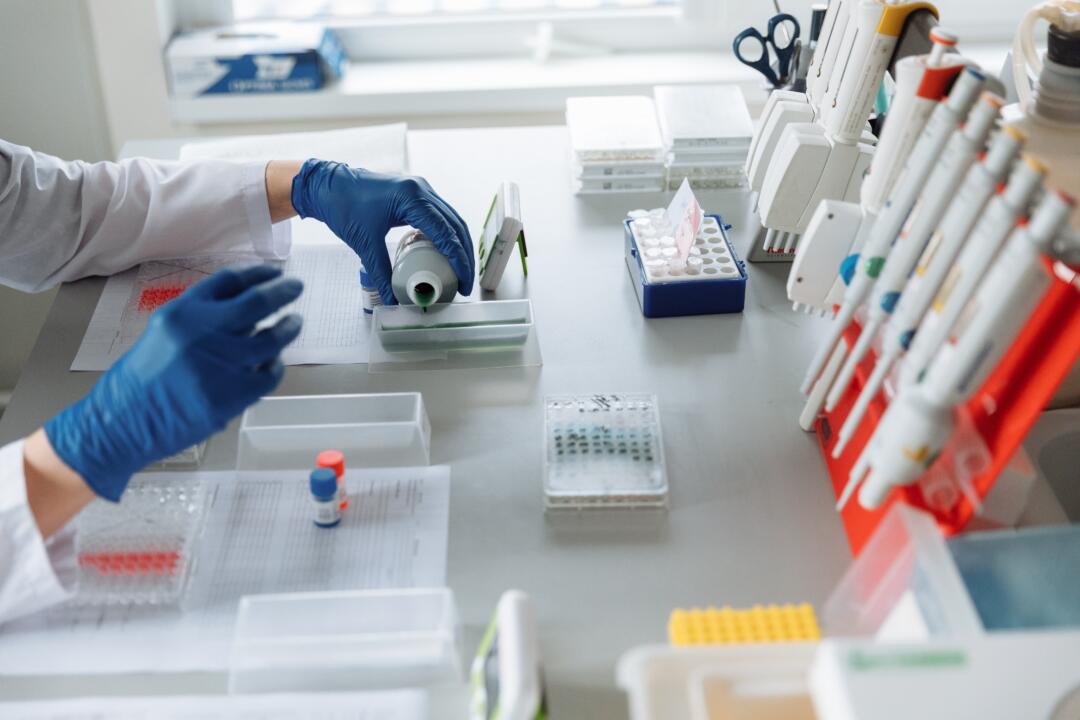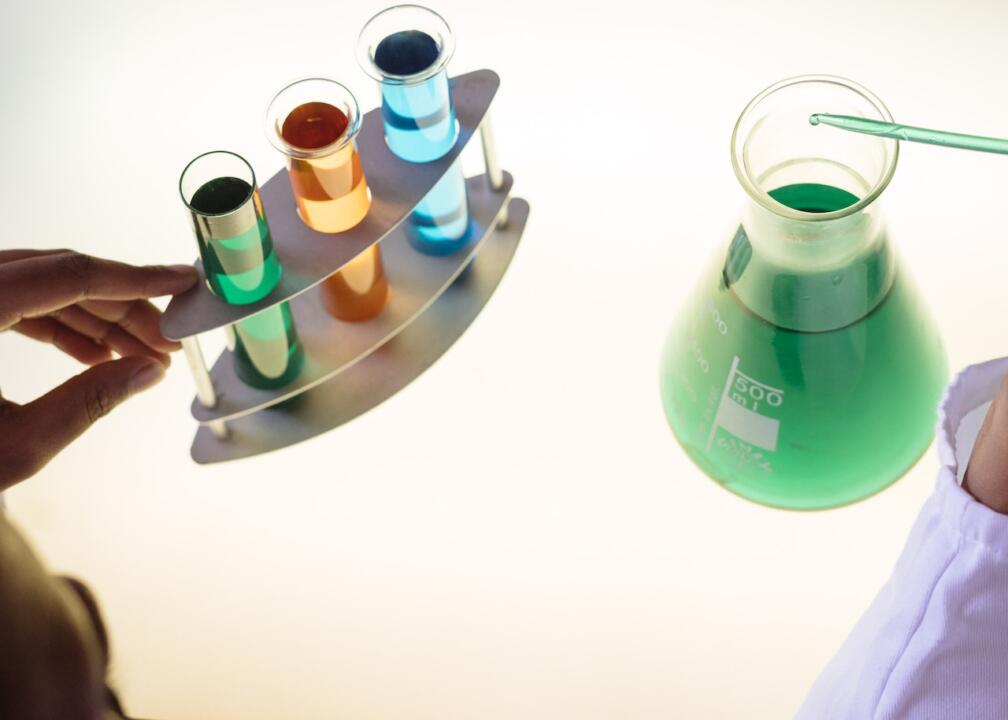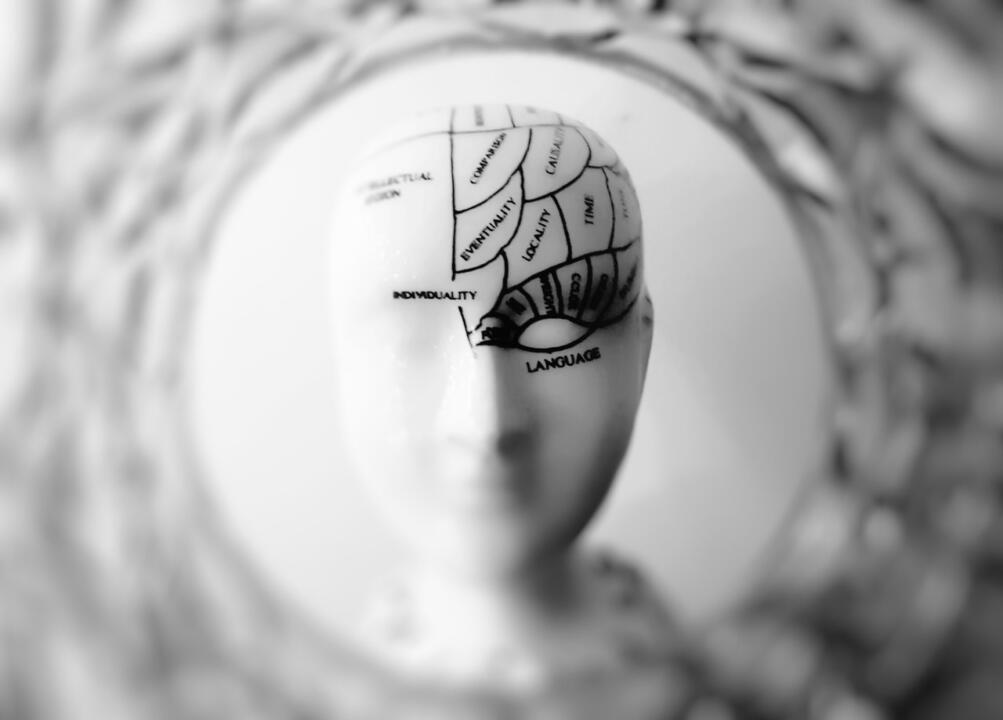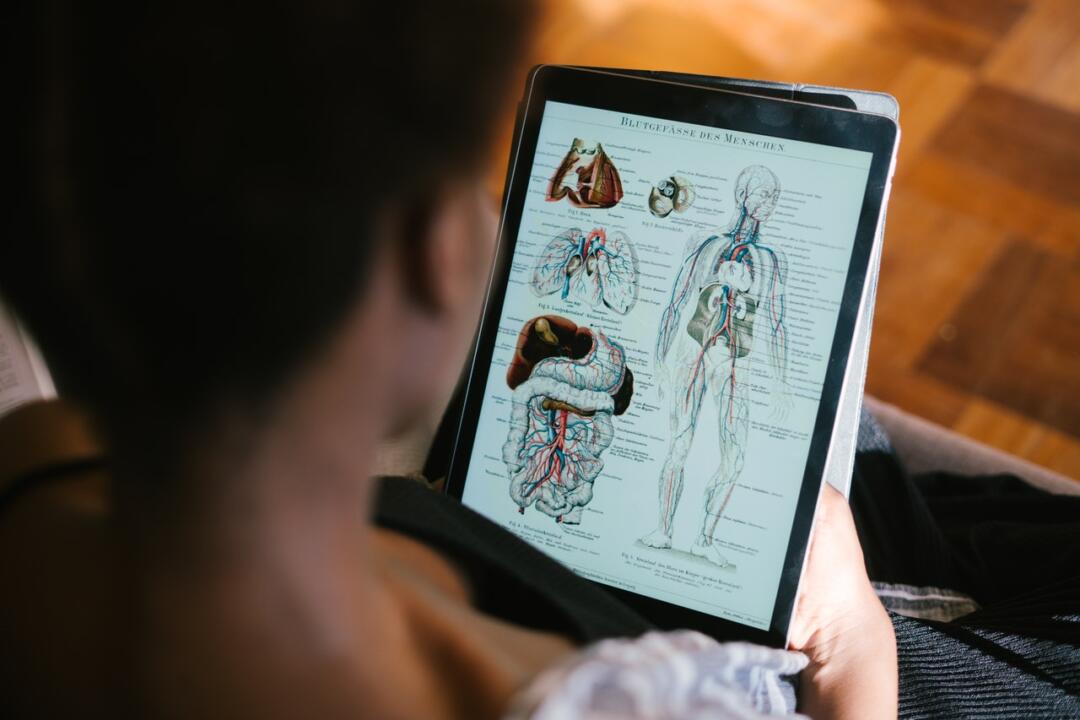Your cart is currently empty!
1st year at traditional medical school

Embarking on the journey through medical school is a monumental step toward becoming a healthcare professional. The first-year experience, however, can vary significantly depending on the geographical location. This blog explores the first year of medical school across five regions: the USA, Canada, India, the Caribbean, and Europe. We’ll delve into the courses taught, activities undertaken, grading systems, and a comparative analysis of their medical systems.
USA: Laying the Foundation
Courses and Curriculum
In the United States, the first year of medical school focuses on building a strong foundation in the basic sciences. The curriculum typically includes:
- Anatomy: Detailed study of the human body’s structure through cadaver dissection.
- Physiology: Understanding the functions of various organ systems.
- Biochemistry: Chemical processes within and related to living organisms.
- Histology: Microscopic study of tissues.
- Genetics: Principles of heredity and variation in organisms.
- Introduction to Clinical Medicine: Basic clinical skills and patient interaction.
Activities
- Cadaver Dissection: Hands-on experience with human cadavers in anatomy labs.
- Clinical Rotations (Shadowing): Limited clinical exposure through shadowing physicians.
- Research Opportunities: Introduction to medical research methodologies and projects.
- Problem-Based Learning (PBL): Small group sessions focusing on case studies.
- Simulations: Use of high-fidelity mannequins and other simulation tools.
Grading System
- Pass/Fail: Many schools have shifted to this system to reduce stress and foster a collaborative environment.
- Honors/High Pass/Pass/Fail: Some schools still use a tiered grading system to differentiate levels of performance.
Medical System
The US medical system is characterized by a mix of private and public providers. It is technologically advanced and highly specialized, with a focus on cutting-edge treatments and research. However, it is also marked by high costs and significant disparities in access to care.
Courses taught in 1st Year

M01 Human Anatomy

M02 Neuroanatomy

M03 Biochemistry

M04 Medical Physiology
Canada: Integrating Clinical Experience
Courses and Curriculum
Canadian medical schools share similarities with the US but place a greater emphasis on early clinical exposure. The first-year curriculum generally includes the following:
- Gross Anatomy: Study of the body’s structures, often involving cadaver dissection.
- Physiology: Functions of the body’s systems.
- Biochemistry: Chemical processes and interactions within the body.
- Pharmacology: Drug actions and effects.
- Health Systems in Canada: Understanding the Canadian healthcare system.
- Clinical Skills: Early patient interaction and communication skills.
Activities
- Early Clinical Exposure: More hands-on clinical practice from the first year.
- Interprofessional Education: Collaboration with nursing, pharmacy, and other health professional students.
- Simulations: Use of simulated patients and scenarios for practical learning.
- Community Health Projects: Engagement with community health initiatives and projects.
Grading System
- Pass/Fail: Similar to the US, many Canadian schools prefer a pass/fail system.
- Narrative Evaluations: Detailed feedback on performance and areas for improvement.
Medical System
Canada’s healthcare system is publicly funded and known as Medicare. It provides universal coverage for all citizens and permanent residents, ensuring access to necessary healthcare services without direct charges at the point of care. The system is praised for its equity but often criticized for long wait times for certain procedures.
India: Emphasizing Basic Sciences and Community Health
Courses and Curriculum
In India, the first year of medical school, known as MBBS (Bachelor of Medicine, Bachelor of Surgery), is heavily focused on foundational sciences:
- Anatomy: Extensive study of human anatomy through detailed dissection.
- Physiology: Detailed understanding of physiological functions.
- Biochemistry: Core biochemical principles and their applications.
- Community Medicine: Basics of public health and preventive medicine.
Activities
- Dissection: In-depth dissection sessions in anatomy labs.
- Community Visits: Early exposure to community health settings.
- Didactic Lectures: Traditional lecture-based teaching.
- Group Discussions: Interactive sessions to enhance learning.
- Clinical Skills Labs: Hands-on practice of basic clinical procedures.
Grading System
- Percentage-Based: Exams are graded on a percentage basis.
- Internal and External Assessments: Marks from both internal (college) and external (university) exams are combined.
Medical System
India’s healthcare system is a complex mix of public and private providers. The public system, while extensive, is often underfunded and overburdened. The private sector, on the other hand, offers high-quality care but can be expensive. There is a significant urban-rural divide in terms of access to healthcare services.
Caribbean: American-Style Curriculum with a Twist
Courses and Curriculum
Caribbean medical schools often follow an American-style curriculum, designed to prepare students for the USMLE (United States Medical Licensing Examination):
- Anatomy: Study of the human body structure, often involving dissection.
- Physiology: Understanding organ system functions.
- Biochemistry: Chemical processes within the body.
- Pathology: Introduction to disease mechanisms.
- Behavioral Sciences: Basics of psychology and human behavior.
- Introduction to Clinical Medicine: Foundational clinical skills.
Activities
- Clinical Rotations in the USA: Many Caribbean schools have affiliations with US hospitals.
- Small Group Learning: Focused group studies and discussions.
- Simulated Patients: Use of actors to simulate patient interactions.
- Community Health Initiatives: Engagement with local health projects.
Grading System
- Pass/Fail: Some schools adopt this system to reduce pressure.
- Traditional Grading: Others use a more traditional A-F grading scale.
- USMLE Preparation: Grading often includes performance in USMLE practice exams.
Medical System
The Caribbean healthcare system varies widely from island to island. Many countries have a mix of public and private healthcare providers, with public systems often being under-resourced. Medical tourism is a significant industry in some Caribbean countries, with patients traveling to access high-quality care at lower costs.
Europe: Diverse Approaches and Early Specialization
Courses and Curriculum
European medical education varies greatly by country but generally follows a more integrated and sometimes accelerated approach:
- Integrated Modules: Combination of basic sciences and clinical subjects from the beginning.
- Problem-Based Learning (PBL): Case-based learning to develop critical thinking skills.
- Clinical Skills: Early introduction to clinical skills and patient care.
Activities
- Cadaver Dissection: Practical anatomy sessions.
- Clinical Attachments: Early clinical exposure, often integrated into the curriculum.
- Research Projects: Introduction to research methodologies.
- Interdisciplinary Learning: Collaboration with various healthcare disciplines.
- Language Training: In non-English speaking countries, language courses may be included to facilitate communication with patients.
Grading System
- ECTS (European Credit Transfer and Accumulation System): Standardized credit system across Europe.
- Pass/Fail: Some countries or institutions use a pass/fail system.
- Traditional Grading: Other institutions use traditional grading scales (e.g., numerical or letter grades).
Medical System
European healthcare systems are typically publicly funded and provide universal coverage. The level of care is generally high, with a strong emphasis on primary and preventive care. Systems like the NHS in the UK are known for their comprehensive services and equity, although issues such as funding and wait times are common challenges.
Comparative Analysis of Medical Systems
Accessibility and Equity
- USA: High quality but high cost, with significant disparities in access.
- Canada: Universal coverage with equitable access, though with longer wait times for some services.
- India: Wide accessibility is present in urban areas, but there are significant challenges in rural regions and public systems.
- Caribbean: Varied access, often dependent on the island, with notable medical tourism.
- Europe: Universal coverage across most countries, with a strong focus on equity and preventive care.
Quality of Care
- USA: High-quality care, especially in specialized and tertiary care.
- Canada: Generally high quality with an emphasis on primary care.
- India: High quality in private sectors, variable in public sectors.
- Caribbean: Quality varies; medical tourism highlights high-quality offerings in private sectors.
- Europe: Consistently high quality, with robust primary care systems and advanced specialized care.
Cost and Funding
- USA: Predominantly private, high out-of-pocket costs, complex insurance systems.
- Canada: Publicly funded through taxes, minimal direct costs to patients.
- India: Mixed funding; private care is costly, while public care is low-cost but often underfunded.
- Caribbean: Mixed, with significant out-of-pocket expenses in private care.
- Europe: Publicly funded through taxes, generally low out-of-pocket costs.
Throughout the first year, students are introduced to medicine and begin to develop a solid scientific knowledge base. This foundation serves as a platform for more advanced clinical training and rotations in the subsequent years of medical school.
Discover more from mymedschool.org
Subscribe to get the latest posts sent to your email.


